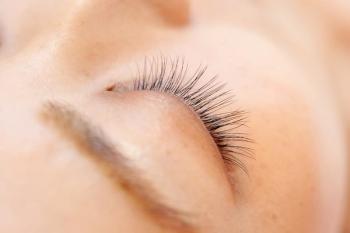
Consequences of Untreated Dry Eye Disease
Eye care professionals explain the impact of unstable tear film and untreated dry eye disease on patient quality of life.
Episodes in this series

Cynthia Matossian, MD, FACS: Rahul, I’m going to come to you. What happens if we don’t address dry eye disease? What are the consequences of an unstable tear fill?
Rahul S. Tonk, MD, MBA: This is an important question because we have so many patients that present to use for other reasons— blurry vision, cataracts in my practice, refractive surgery—who aren’t aware that they have dry eye. What they do get is the sense that they can’t read, maybe, or their vision comes and goes and it fluctuates. We are able to diagnose—just because we’re looking—with dry eye syndrome and then treat that. We find that in a lot of those cases, visual fluctuation levels out. They’re able to access more of that high-quality vision time, and we find in many cases that the patient may not need treatment or surgery. But in the patients that do need surgery we feel much more confident about how we’re treating those patients. For the measurements we need for lens calculations and good-quality refractions, we know we have got much better data and much better outcomes after we’ve optimized the ocular surface. On the other extreme, dealing with some more complex ocular surface disorders like ocular graft-vs-host disease and mucous membrane pemphigoid, a lot of these conditions—even in cases where they’re controlled, so to speak, and there’s no melting or ulceration—we can quickly see this punctate keratopathy that we all look at become more dense, grade 1 to 2 to 3, and then you have a confluent punctate keratopathy. That can become an ulcer, and especially in these highly inflamed eyes, an epithelial defect because of the lack of growth factors on the surface. It cannot repair, and then you have a melt, keratolysis, and a handful of other problems. Those extremes don’t tend to happen except in the most inflamed eyes, but I always have that in my mind for any patient with exposure keratopathy who’s got a little bit of dry spots. In the blink of an eye, the person sleeps the wrong way or has a bad day, and you see surface breakdown.
Milton M. Hom, OD, FAAO: That is a classic example of what Christophe Baudouin explained as his theory of the vicious circle of dry eye: It progresses, then it gets worse. That case is a perfect example.
Transcript edited for clarity.
Newsletter
Want more insights like this? Subscribe to Optometry Times and get clinical pearls and practice tips delivered straight to your inbox.














































.png)


